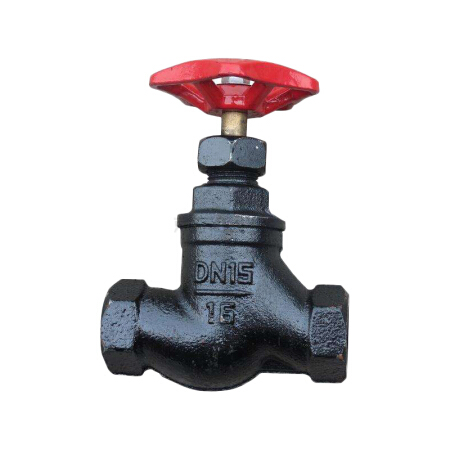cast iron ball valve
Understanding Cast Iron Ball Valves A Comprehensive Guide
Cast iron ball valves have become a ubiquitous component in piping systems across various industries due to their robustness, reliability, and versatility. These valves serve as essential valves to control the flow of fluids and gases in numerous applications, making their understanding vitally important for engineers, plumbers, and maintenance personnel alike.
What is a Cast Iron Ball Valve?
A cast iron ball valve is a type of quarter-turn valve that uses a hollow, perforated, and pivoting ball to regulate fluid flow. When the valve handle is turned, the ball rotates to either allow or block the fluid passage. Cast iron, known for its durability and strength, is the material of choice for many ball valves due to its excellent resistance to corrosion and high temperatures. This makes cast iron ball valves ideal for a wide range of operating conditions, from water treatment facilities to chemical processing plants.
Key Features and Benefits
1. High Durability Cast iron ball valves can withstand high pressures and temperatures, making them suitable for various industrial applications. Their robust construction ensures a long service life with minimal maintenance.
2. Efficient Flow Control The design of the ball allows for quick and precise control over fluid flow, enabling operators to enable or disable flow with a simple quarter turn of the handle. This feature contributes to the efficiency of fluid transport systems.
3. Low Flow Resistance The spherical shape of the ball minimizes turbulence and offers low flow resistance. This characteristic is crucial in systems where maintaining pressure and flow rate is essential.
cast iron ball valve

4. Leaking Prevention Most cast iron ball valves incorporate seat materials, such as PTFE or other soft materials, which create a tight seal when the ball is closed. This prevents leakage, which is critical in applications involving hazardous or costly fluids.
5. Wide Range of Applications The versatility of cast iron ball valves allows them to be used in various sectors, including water supply, irrigation, oil and gas, mining, and HVAC systems. Their ability to handle different types of fluids, including corrosive substances, makes them adaptable to many environments.
Installation and Maintenance
Installing a cast iron ball valve requires careful consideration of factors such as the piping system's pressure rating, temperature, and compatibility with fluids. It's crucial to use proper fittings and ensure that the valve is aligned correctly with the pipeline to avoid undue stress that could lead to failure.
Regular maintenance involves inspecting the valve for signs of wear, corrosion, or leaks. Although cast iron offers excellent durability, it is still advisable to conduct periodic checks and perform maintenance as needed to guarantee optimal functioning. Lubricating the valve stem can also help maintain ease of operation and prolong the lifespan of the valve.
Conclusion
In summary, cast iron ball valves are indispensable components in fluid handling systems across diverse industries. Their durable construction, efficient design, and versatility make them a favored choice for engineers and professionals tasked with managing fluid flow. Understanding the functionality, benefits, and maintenance needs of these valves is crucial for ensuring the reliability and efficiency of any piping system. By choosing the right cast iron ball valve for your application and committing to proper installation and maintenance protocols, you can enhance the overall performance and longevity of your fluid control systems.
-
The Key to Fluid Control: Exploring the Advantages of Ball Valves in Industrial SystemsNewsJul.09,2025
-
The Versatile World of 1, 2, and 3 Piece Ball ValvesNewsJul.09,2025
-
Stainless Steel Ball Valves: The Ideal Choice for Efficient Flow ControlNewsJul.09,2025
-
Optimizing Fluid Control with Ball Float ValvesNewsJul.09,2025
-
Manual Gate Valves: Essential for Control and EfficiencyNewsJul.09,2025
-
Everything You Need to Know About Butterfly ValvesNewsJul.09,2025
-
The Versatility of Wafer Type Butterfly ValvesNewsJul.08,2025




